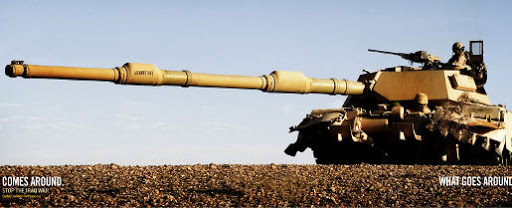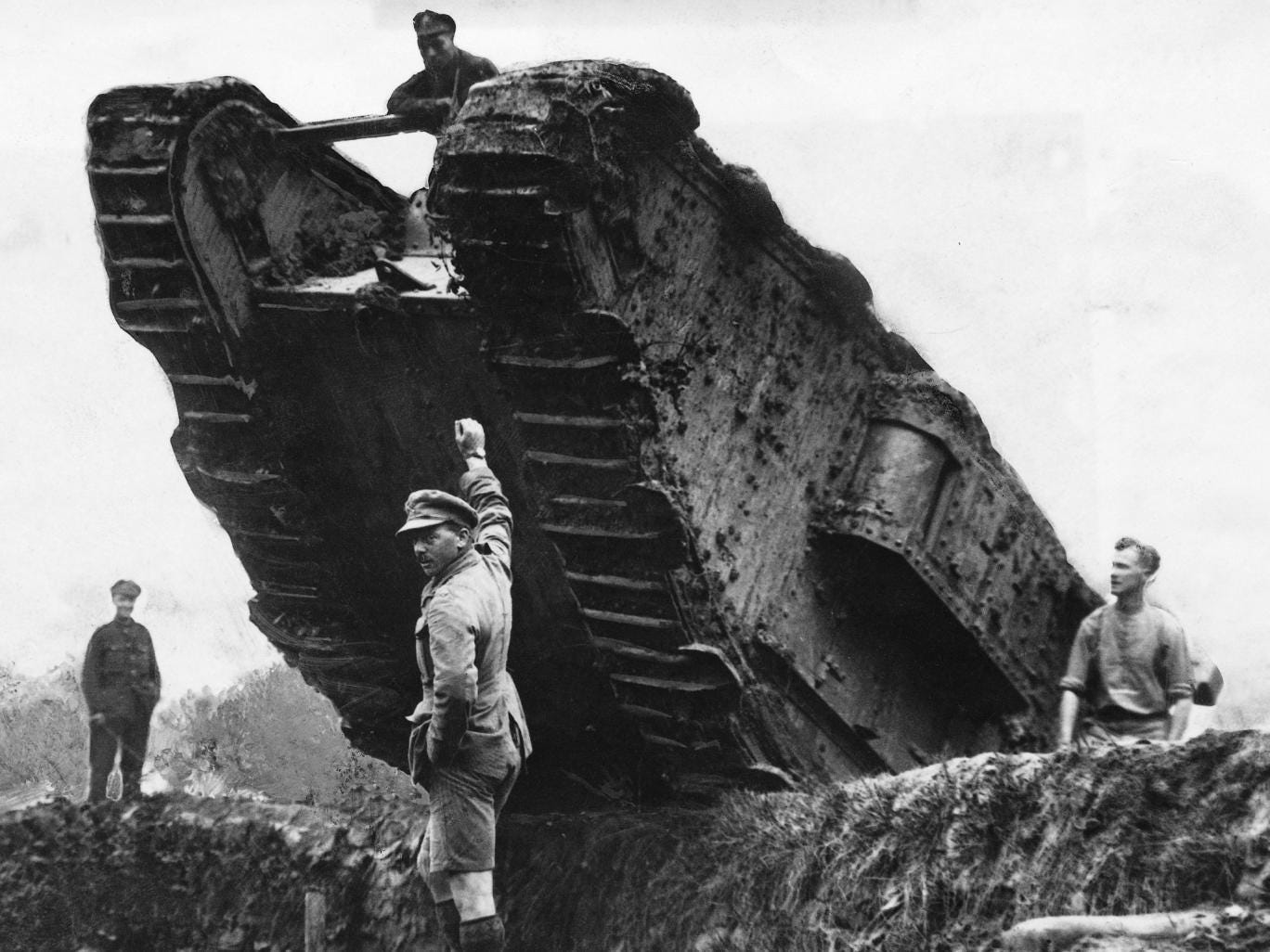

However, it would be imprecise to state that only the Second Battle of the Marne illustrates the quality of modern warfare. Exhausted by weeks of marches, Germans troops suffered from lack of supplies, especially of food, ammunition and, in 1918, fuel. It is true that both events underlined some of the permanent difficulties of open warfare, especially from a logistical point of view. It has often been said that German losses in both the first and second battles of the Marne resulted from their advance into French territory. In both battles, German regiments were very close to Paris, with some located only around seventy kilometers away, but they failed to win the final victory. While the French government had moved to Bordeaux in 1914, Prime Minister Georges Clemenceau (1841-1929) had chosen to remain in the capital. After years of trench warfare, German forces had broken through allied defenses and regained an open battlefield, forcing allied troops to a harsh retreat. The Second Battle of the Marne took place nearly four years later, from 18 July to the middle of August 1918 from the allied point of view, a very critical moment in the war.

After having retreated for weeks after the Battle of the Frontiers, the French armies and the British Expeditionary Force counter-attacked on a 300-kilometer-long front. The First Battle of the Marne took place from 6 to 11 September 1914. The two events are clearly different in terms of military and diplomatic plans, not to mention the memory culture around them. The term “Battle of the Marne”, whether it refers to the first or the second, shows Paris’s will to make these events comprehensible and cannot be disconnected from a historical rewriting process that was, in a certain manner, a political tool that aimed to establish France’s leadership in warfare.

Each time, the battlefields were wide areas not necessarily located around the Marne river. Firstly, these battles were two culminating points of the First World War, which resulted in clear German defeats. The first and second battles of the Marne have much in common.


 0 kommentar(er)
0 kommentar(er)
